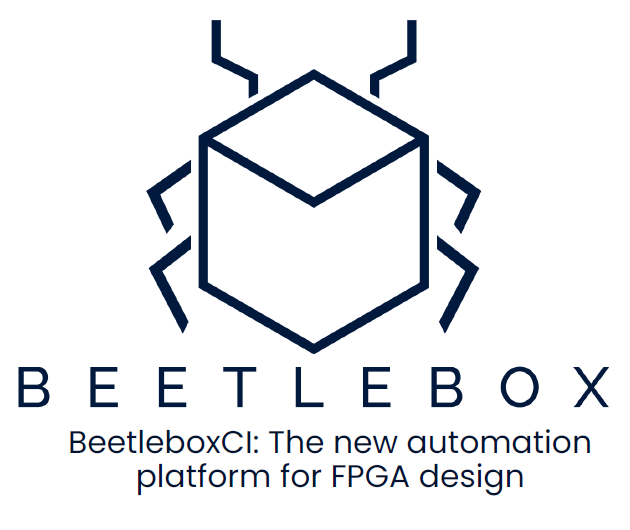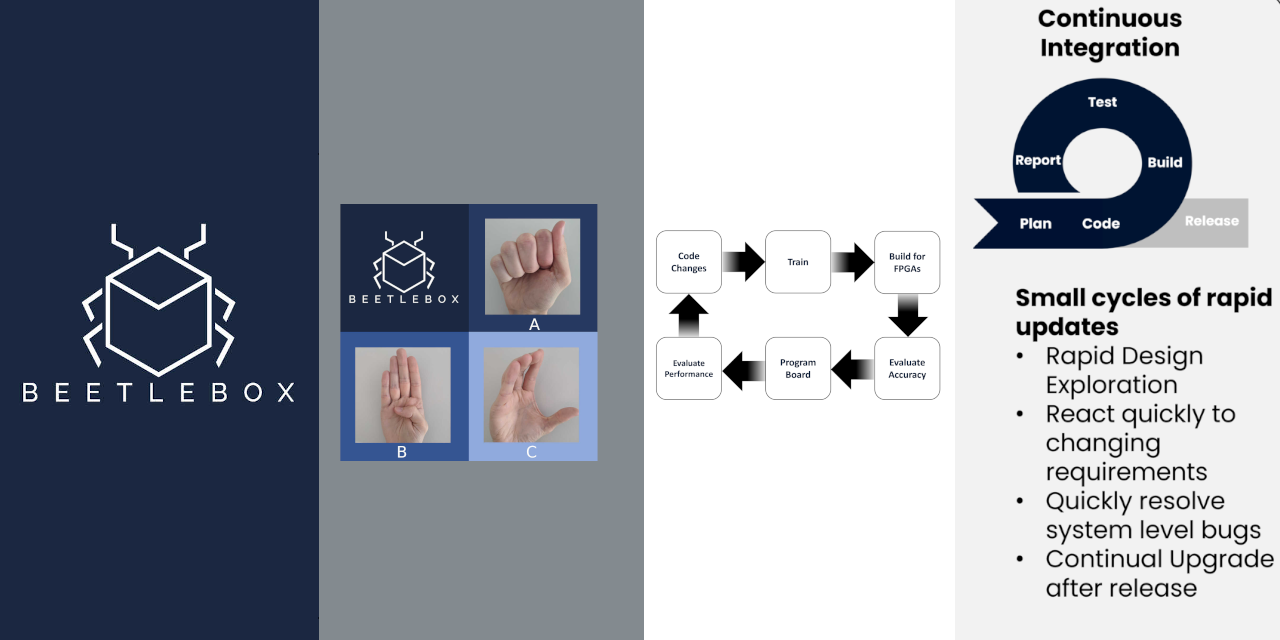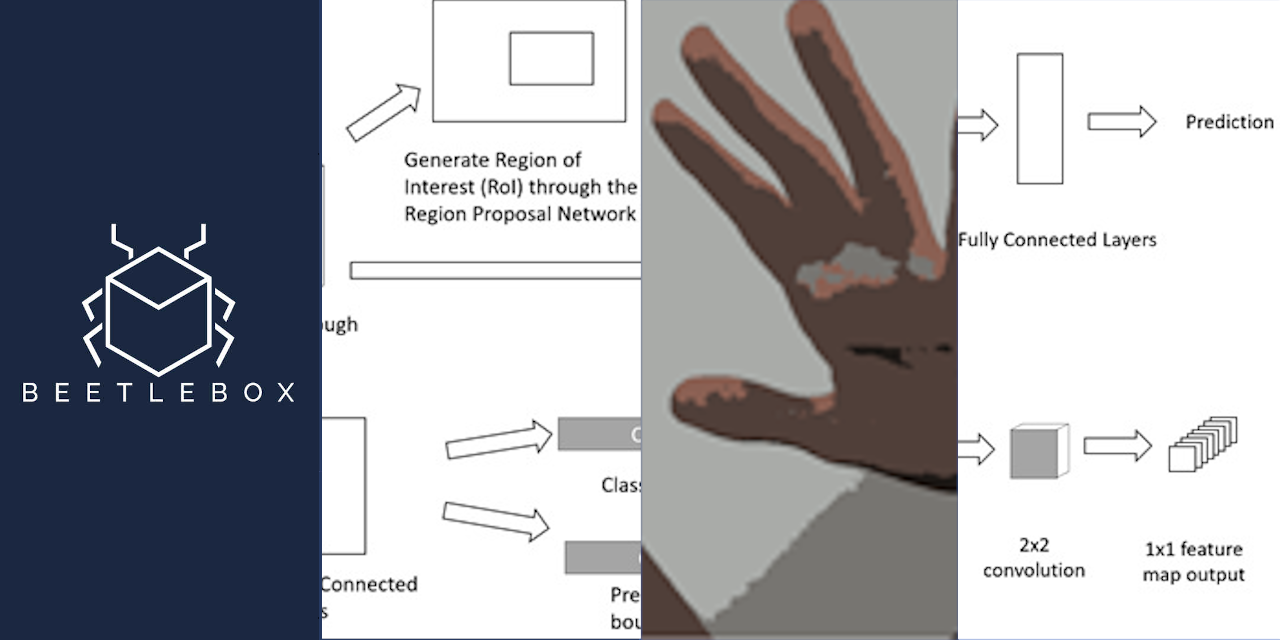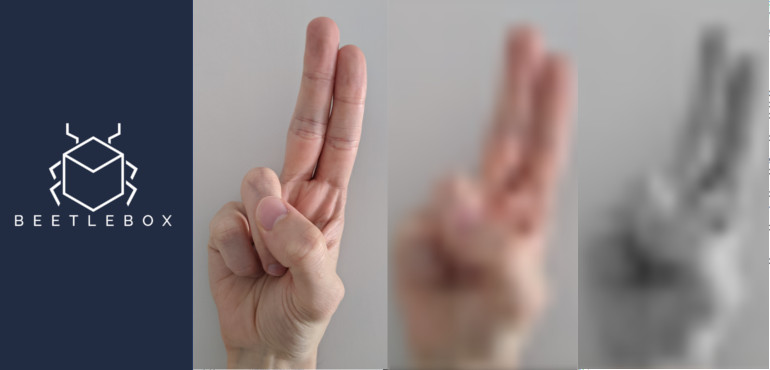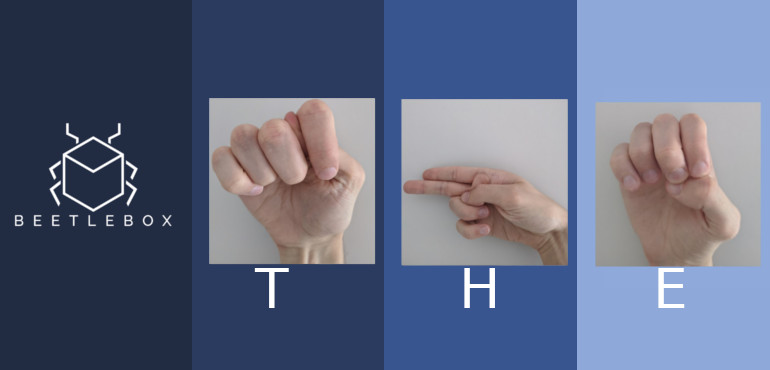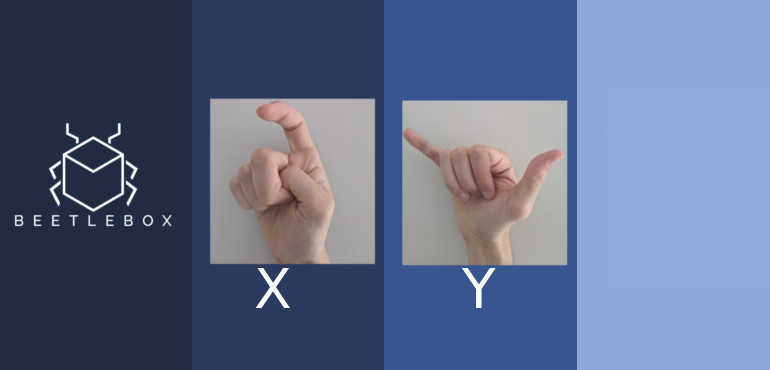Kickstart AI automation on FPGAs with BeetleboxCI
Check out our new short presentation on how BeetleboxCI provides whole application acceleration to AI, keeping with innovation far faster than other silicon chips: https://beetlebox.org/wp-content/uploads/2021/11/BeetleboxCI-for-Artificial-Intelligence.pdf The speed of AI innovation…
